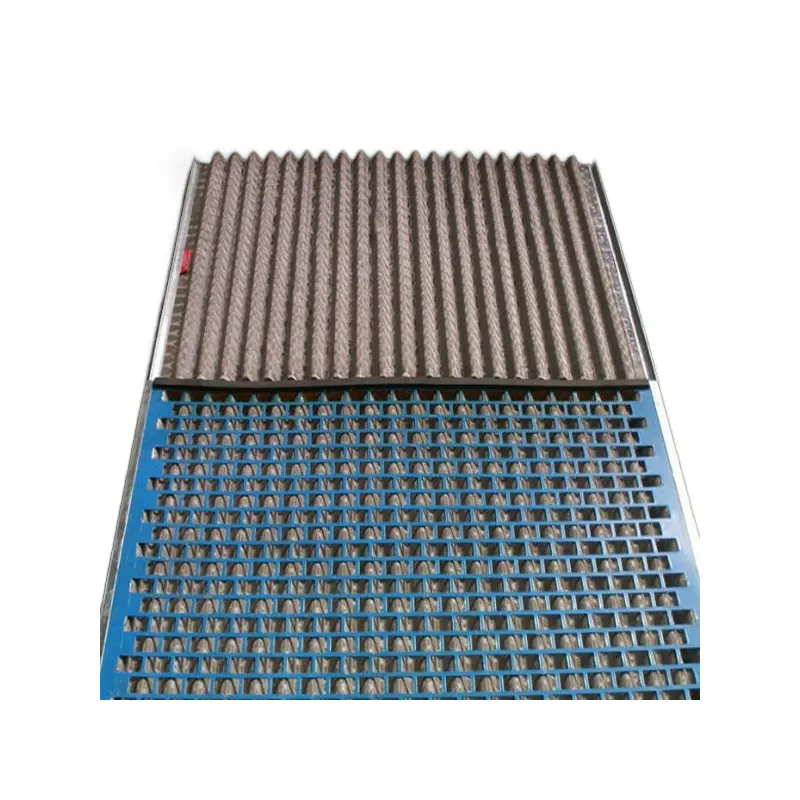- Industrial zone, South of Anping Town, Hengshui, Hebei, China.
- sales@hfpetromesh.com
- +86-18931809706
Innovative Steel Walkway Grating Solutions for Enhanced Safety and Durability in Outdoor Environments
The Advantages of Steel Walkway Grating
Steel walkway grating has become an essential component in various industries, offering unparalleled durability and safety for pedestrian traffic. With its unique design and robust material, steel grating provides a versatile solution that meets the needs of industrial, commercial, and recreational sectors.
What is Steel Walkway Grating?
Steel walkway grating, typically made from carbon steel, stainless steel, or galvanized steel, consists of a grid-like structure that allows for maximum airflow, drainage, and light penetration. It is designed to support heavy loads while reducing the risk of slips and falls. The open design of the grating allows water and debris to pass through, preventing accumulation and ensuring a safer walking environment.
Strength and Durability
One of the primary advantages of steel walkway grating is its exceptional strength. Steel grating can withstand substantial weight and impact, making it ideal for facilities that experience heavy foot traffic or the presence of vehicles. Unlike other materials such as wood or plastic, steel does not warp, crack, or deteriorate over time. This durability translates to lower maintenance costs and a longer lifespan, making it a cost-effective solution in the long run.
Safety Features
steel walkway grating

Safety is a paramount concern in any environment. Steel walkway grating is designed to minimize the risk of accidents. The grating's surface can be treated with anti-slip coatings or designed with serrated patterns to provide better traction, reducing the likelihood of slips, particularly in wet or oily conditions. Additionally, the open design prevents water accumulation, which further decreases the risk of accidents. This makes steel grating an ideal choice for industrial settings, construction sites, and other hazardous environments.
Versatile Applications
Steel walkway grating boasts versatility that makes it suitable for numerous applications. It is commonly used in industrial settings, including manufacturing plants, warehouses, and power stations, where heavy machinery and foot traffic coexist. Additionally, it can be utilized in commercial spaces, such as shopping malls and office buildings, to create safe pedestrian pathways. Recreational areas, such as parks and boardwalks, also benefit from the aesthetic appeal and functionality of steel grating, integrating seamlessly into various designs.
Environmental Considerations
In terms of environmental impact, steel walkway grating shines as a sustainable choice. Steel is 100% recyclable, making it an environmentally friendly option compared to non-recyclable materials used in construction. By choosing steel grating, businesses can contribute to sustainability efforts and reduce their carbon footprint. Furthermore, the longevity of steel grating means fewer replacements, minimizing waste over time.
Conclusion
In summary, steel walkway grating is a quintessential material that combines strength, safety, and versatility. Its robust construction ensures it can handle the demands of heavy foot traffic, while its slip-resistant properties enhance safety. With applications ranging from industrial sites to recreational areas, steel grating proves to be an indispensable choice in modern construction. Moreover, its environmental benefits align with the growing emphasis on sustainability, making it a responsible selection for those looking to invest in durable and eco-friendly solutions. Whether for commercial or industrial use, incorporating steel walkway grating is a wise decision that assures safety, efficiency, and longevity.
-
The Power of Pyramid Shaker Screen - A 3-Dimensional SolutionNewsOct.24,2024
-
Exploring the Versatility and Durability of Steel GratingNewsOct.24,2024
-
Revolutionizing Drilling Efficiency with Steel Frame Shaker Screens for Mud Shale ShakersNewsOct.24,2024
-
Potential of Shale Shaker ScreensNewsOct.24,2024
-
Offshore Pipeline Counterweight Welded Mesh - Reinforced Mesh in Marine EngineeringNewsOct.24,2024
-
Revolutionizing Offshore Pipeline Stability with Concrete Weight Coating MeshNewsOct.24,2024
